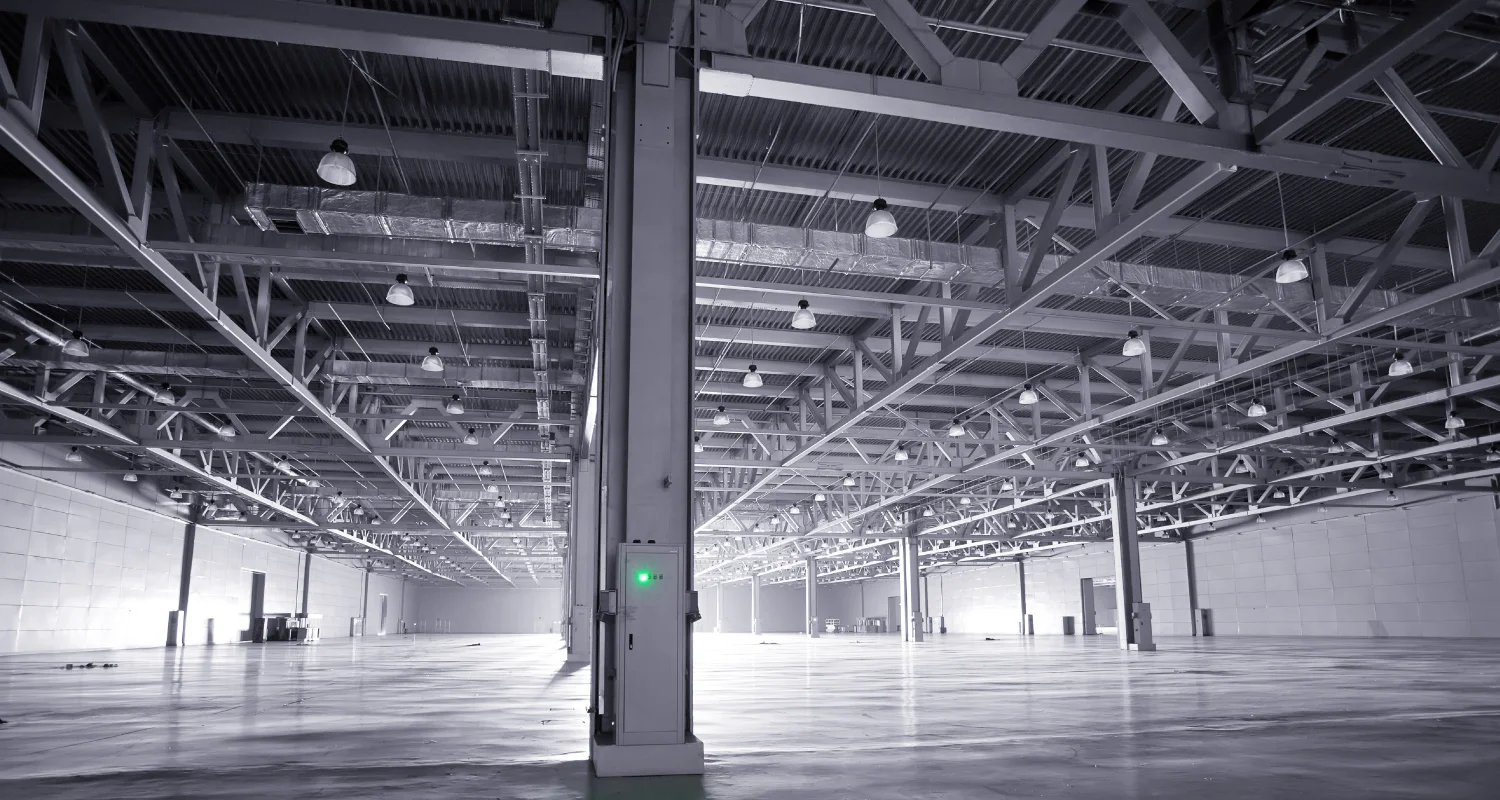Utah's remarkable population growth has sparked a surge in demand for housing, services, and goods which has greatly benefitted industrial real estate. A recent study conducted by the Kem C. Gardner Policy Institute at the University of Utah provides valuable insights into migration patterns within our state and specifically the Wasatch Front region which includes Davis, Salt Lake, Utah, and Weber Counties.
To effectively address the evolving demands, Utah must align the development of industrial real estate with migration patterns and it has been taking significant steps to do so already. By investing in strategically positioned facilities in the northwest quadrant and along the Salt Lake/Utah County border, distributors and manufacturers have begun streamlining supply chains, reducing logistic costs, and generating new job opportunities.
Developers’ conservative approach has not only fueled economic growth, it has also enhanced Utah's appeal as a destination for businesses as a regional hub serving Nevada, Idaho, Arizona, and other growing western states despite national economic challenges. With Utah boasting the best economic outlook for its 16th year while holding the nation's youngest median age at 30.5 years and the highest average household size our state is primed to see significant future internal and migrant-driven population growth which will require continued significant investments to service.






